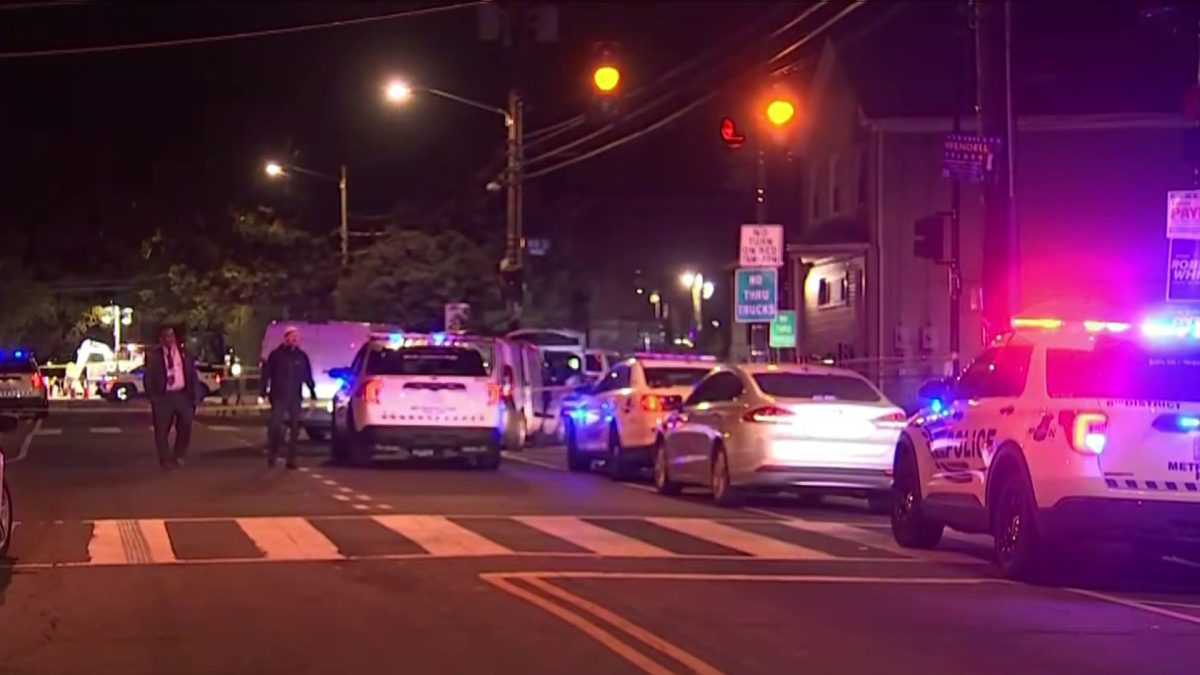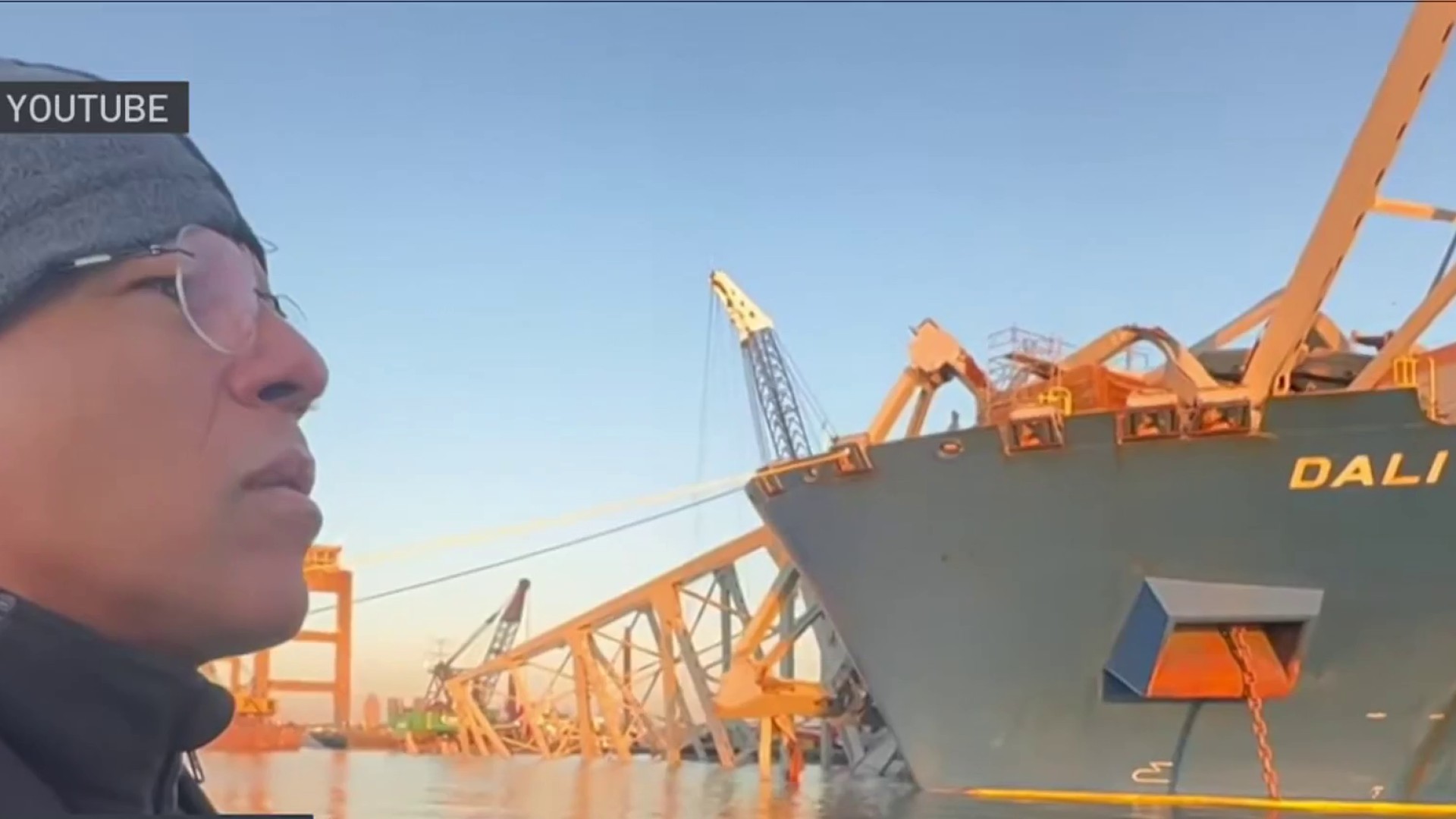Daily Metrorail ridership has dropped five percent over the past five years, and the news could spell trouble for Metro, which depends on the rail system for the majority of its revenue.
According to an upcoming presentation from WMATA, ridership initially held steady during the recession of 2008 and 2009. However, since 2010, ridership has been steadily dropping.
The decrease translates into about 30,000 fewer trips daily. In 2010, Metrorail riders took about 750,000 trips per day; this year, people are taking fewer than 720,000 trips per day.
WMATA depends on Metrorail fares, which provided 80 percent of all Metro fare revenue in fiscal year 2014. Another 19 percent comes from Metrobus and 1 percent from MetroAccess, according to the presentation.
Now Metro's trying to avoid a "death spiral."
To make up the difference as ridership slows, transit agencies sometimes have to make up the difference by raising fares -- but that encourages people to take transit less often. Then fares must rise again, triggering more people to avoid riding. Metro's not there yet, but it's something they're concerned about.
Metro said it's looking for ways to increase revenues without a broad fare increase.
Local
Washington, D.C., Maryland and Virginia local news, events and information
Nine people were killed in a fatal Metrorail crash near the Fort Totten station in summer 2009. And in January, a woman died and more than 80 were sickened after a Metro train became stranded in a smoky tunnel outside the L'Enfant Plaza station.
Last week, the National Transportation Safety Board (NTSB) issued urgent safety recommendations, urging officials to place Metrorail under the watch of the a federal agency -- something not done with other subway systems in the United States.
Some Twitter users said they felt that they understood the drop in ridership.
"[A]dvances in technologies means more telecommuters now than ever....and Metro has terrible unreliable service," Andy Davis (@aadavis26) wrote.
Greg Hurlman (@justcallme98) said he felt the fares were too high.
"When driving is cheaper than the [M]etro... what else do they expect?" he posted.
More people are also riding bikes and taking car services like Uber and Lyft instead of opting for Metro. But other riders said that because of constantly clogged roads, Metro is still the best way to get around.
"With the traffic on 66 and 28, it's really hard to get into the District," said Metro passenger James Wilson.



